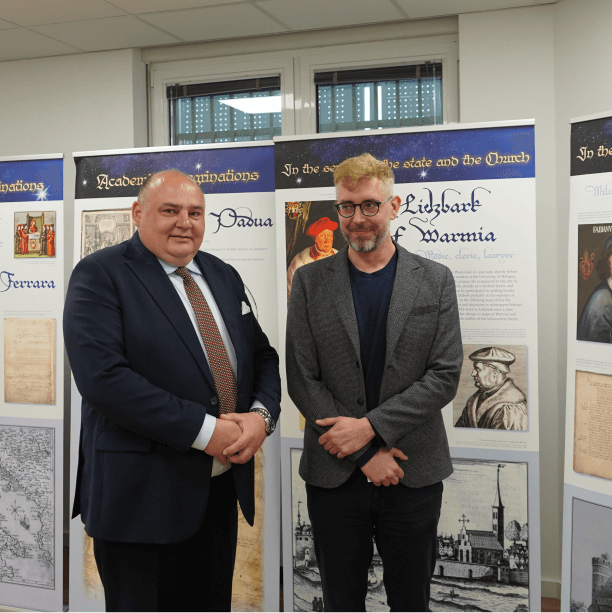
by admin | Apr 17, 2024 | News
On 17 April 2024, a meeting was held at the Embassy of the Republic of Poland in Belgrade between Dr Witold Mazurek, Prof. SGMK, Director of the Copernican Academy Office, and Dr Lech Kończak, Director of the Polish Institute in Belgrade. During the meeting, the...
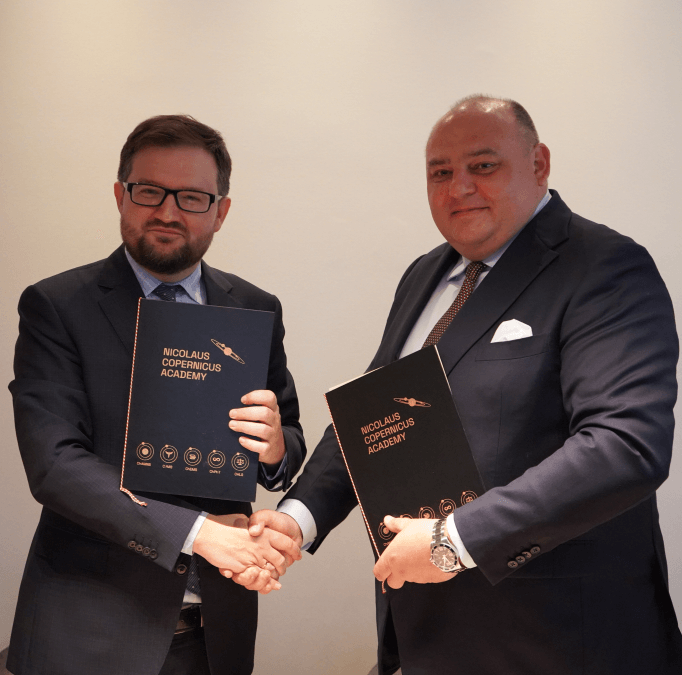
by admin | Apr 17, 2024 | News
On 17 April 2024, at the Embassy of the Republic of Poland in the capital of the Republic of Serbia, Belgrade, cooperation for the development of science and knowledge transfer was established between the Embassy and the Copernican Academy. The former institution was...
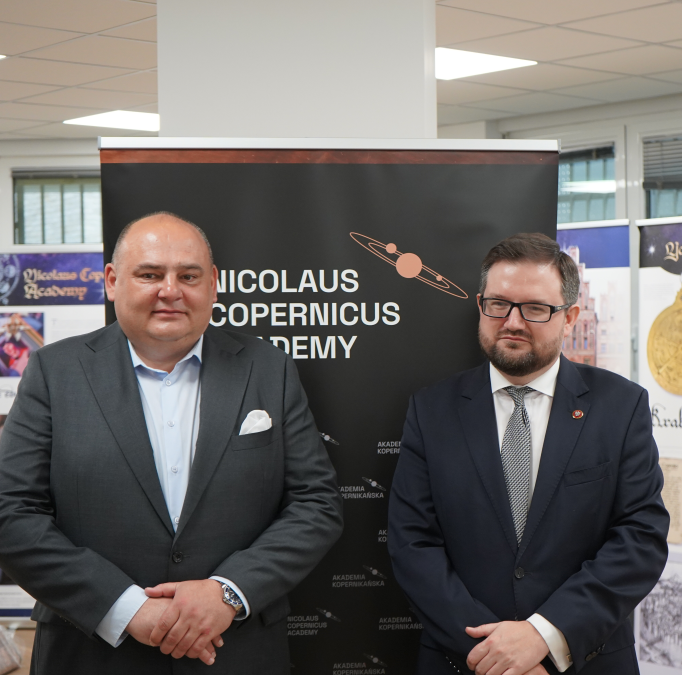
by admin | Apr 16, 2024 | News
On 16 April 2024, a working meeting with Rafal Perl, Ambassador Extraordinary and Plenipotentiary of the Republic of Poland in the Republic of Serbia, Lech Koñczak, Director of the Polish Institute, and Tijana Stojanović Zečević from the Embassy took place at the new...
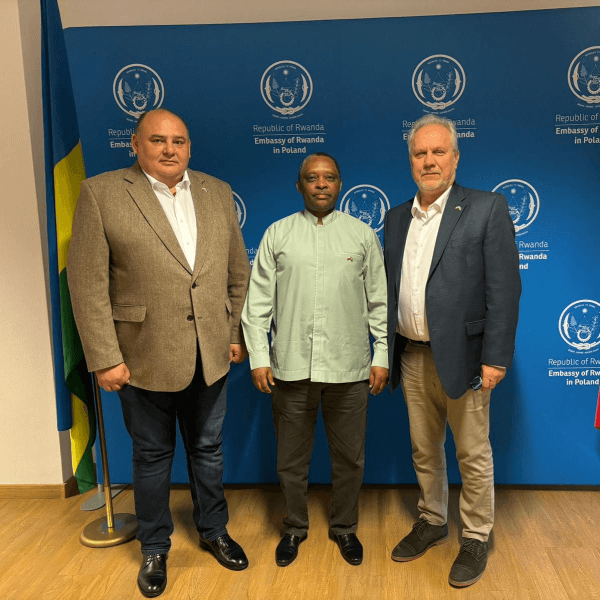
by admin | Mar 29, 2024 | News
On March 28, 2024, at the Embassy of the Republic of Rwanda in Poland, representatives of the Copernican Academy, Prof. Krzysztof M. Górski, Secretary General, and Prof. Witold Mazurek, Director of the Academy’s Office, met with His Excellency Prof. Anastase...
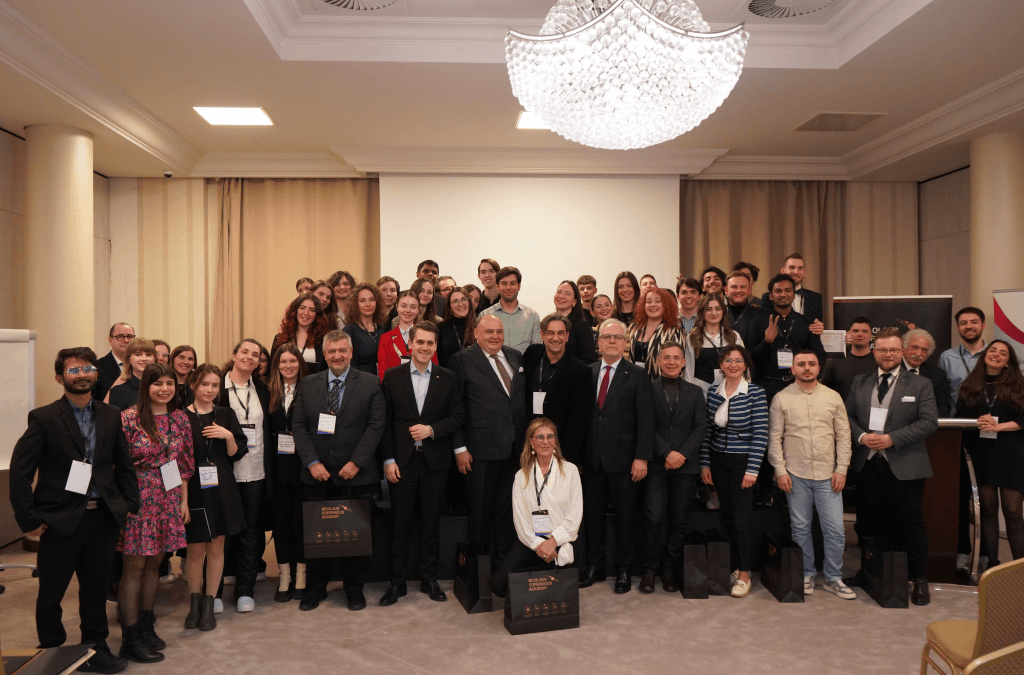
by admin | Mar 28, 2024 | News
March 21-26, 2024 The second edition of the Winter Camp, a scientific conference organized by the Copernicus Academy, the Association of Economic Universities of South-Eastern Europe (ASECU), in cooperation with the Jan Kochanowski University in Kielce and the...





